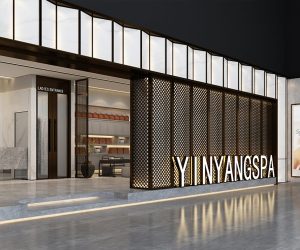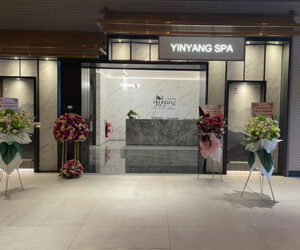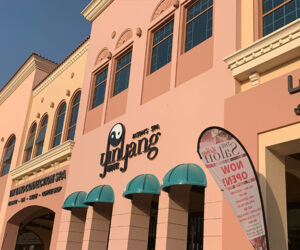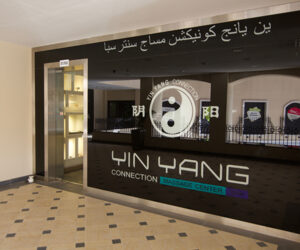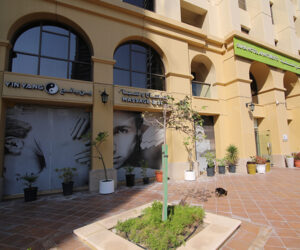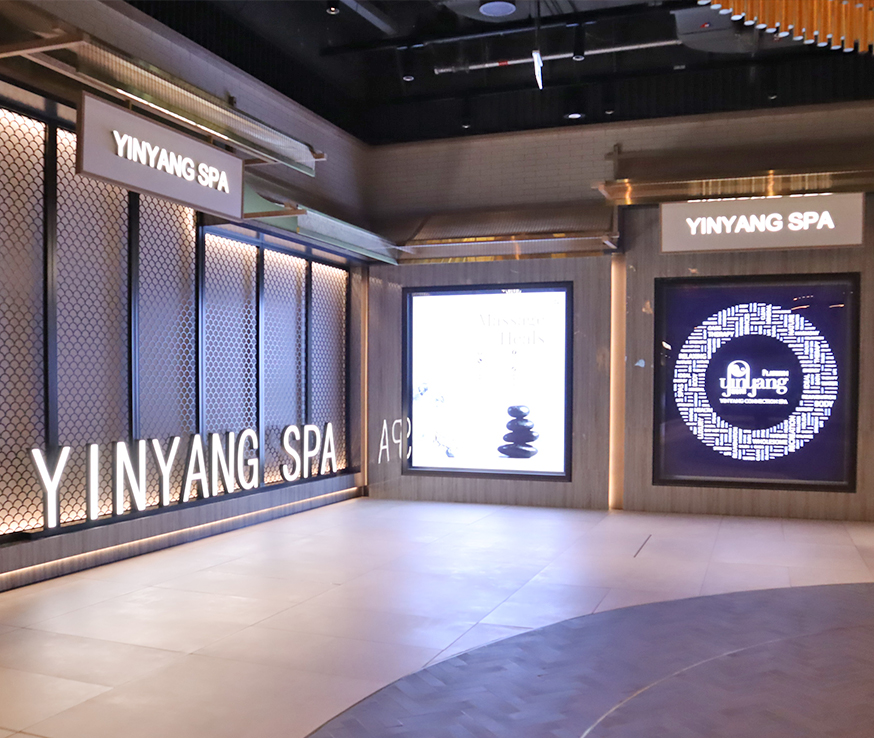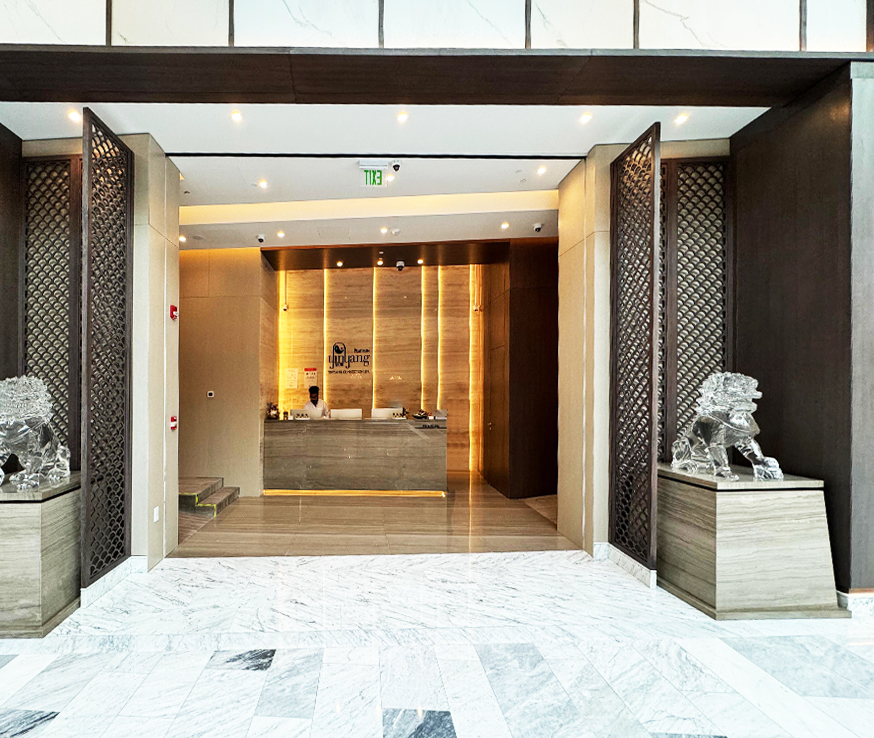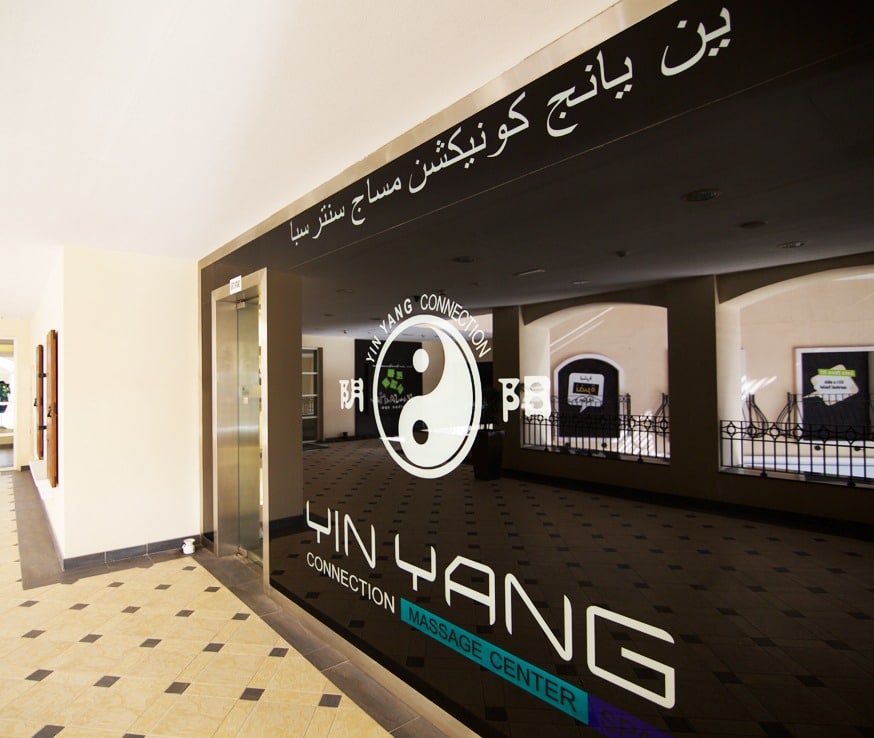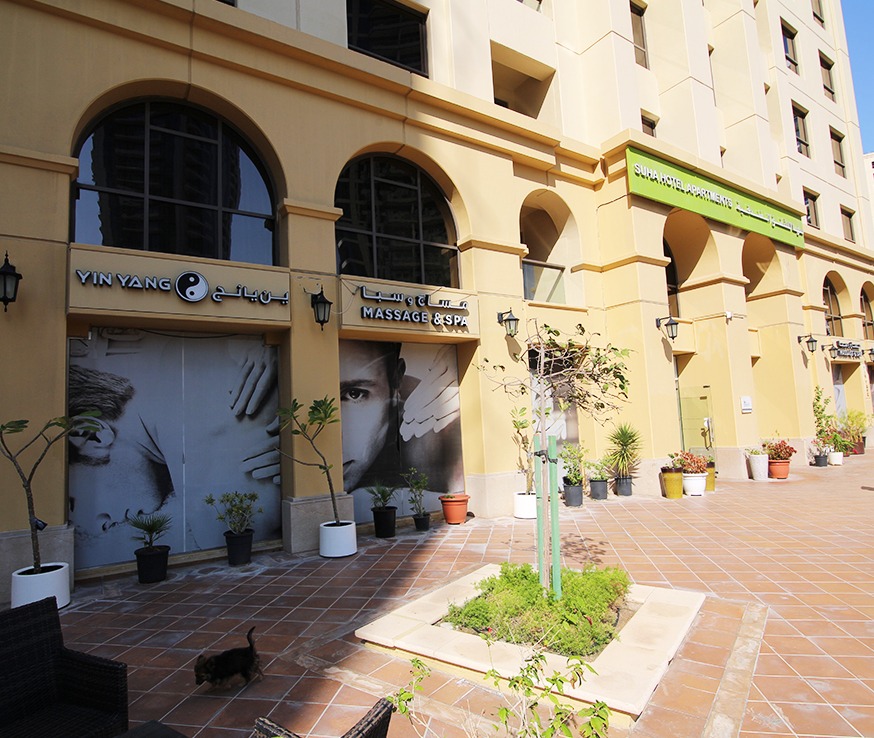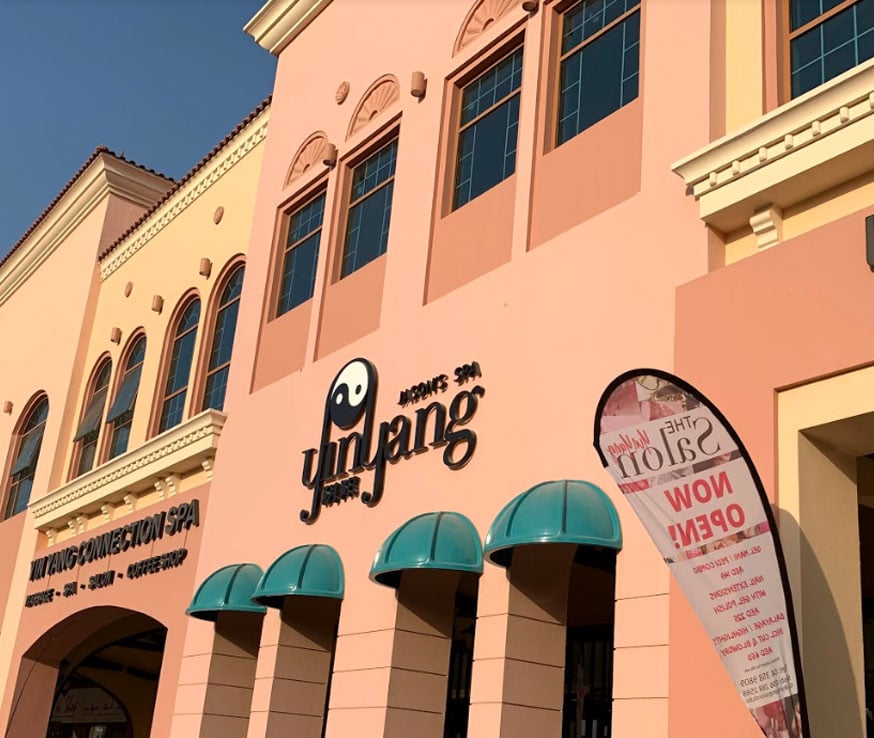The word Thai massage conjures images of an invigorating, loosening and therapeutic massage experience. Thai massage is based on the principles of channelising the body’s energy to treat the subtle energetic field within the body. The one thing most people can agree on, however, is that it is most certainly very different from the normal massage techniques developed by the western world. A lot of these differences are evident on first touch, while others are not. The reasons behind most of these differences, however, is far from common knowledge.
Different Setup
The most obvious difference between a Thai massage and a traditional western massage is the setup. A Thai massage is performed either on the floor or, ideally, on a massage table with supporting handle rails above. This offers the masseuse a full range of mobility while performing the massage, allowing for a wider range of movements.
A massage with handle rails works even better than a massage on the floor because it allows the masseuse additional flexibility in terms of how much weight and force the masseuse would like to put behind the movements. If your therapist is performing the massage without handle rails, it is much harder to regulate the amount of pressure applied.
Use of Arms and Legs
Masseuses following the traditional western style will usually only make use of their hands, knuckles and elbows (at most) while providing the massage. Not only does this limit the amount of pressure that can be applied, but it can also be quite painful at times as the knuckles and elbows can only exert the force behind them over a very small surface area.
Thai massage, on the other hand, prescribes massage techniques involving the feet and knees as well, allowing the masseuse to exert much more pressure- but without the corresponding discomfort, as the pressure is applied over a much larger surface area, which ensures the sensations are not as sharp.
Stretching- Combine your massage session and recovery session
One of the most important things we can do for our muscles if we are exercising regularly is to stretch them just as regularly. This is where we see the true benefit of a Thai massage. Most styles of massage require you to simply lie still while the masseuse performs the massage. A Thai massage, however, requires you to be actively engaged as the masseuse will stretch out various parts of your body during the course of the massage, leaving your muscles feeling reinvigorated and ready for the coming week.
How Thai Massages can benefit Athletes
The science of sports recovery has gone from strength to strength in the 21st century, as we learn more about the human body and muscle recovery. The benefits of getting a rubdown or a massage after a hectic workout are undeniable, as is the benefit of a pre-workout or post-workout stretch. A Thai massage provides you with all these benefits, aiding in muscle recovery and ensuring that your conditioning is in the best possible state for the workouts ahead. This is why we see almost every athlete in this day and age have a personal masseuse along with their trainer and other staff members- ensuring proper muscle recovery is just as important as eating the right food and training the right way.
The stretching movements of a Thai massage also help reduce the risk of injury by stretching and elongating your muscles, making them more supple. This allows them to cope with an awkward step or movement that may have had far more serious repercussions had those same muscles been stiff.
Combine Your Massage With Cupping Treatments
In case you have a part of the body that has been injured in the past or needs extra attention, such as your arms, legs or back, you can combine our massage services with a cupping session to help alleviate discomfort, as well as reduce the risk of a recurring injury. At Yinyang, we have the option of dry cupping as well as fire cupping.
Cupping involves creating an area of low pressure on areas where there is soft tissue, such as the back, arms and legs. It is highly recommended where there is body stiffness, muscular pain, or where increased circulation is desired. It might seem counter-intuitive, but cupping often helps alleviate physical complaints and allows people to enter a more relaxed state since it sedates the central nervous system.
Book Your Massage Appointment Today
Looking to book an appointment for a massage? Fill out the form and our team will get in touch with you to confirm your booking shortly!
















